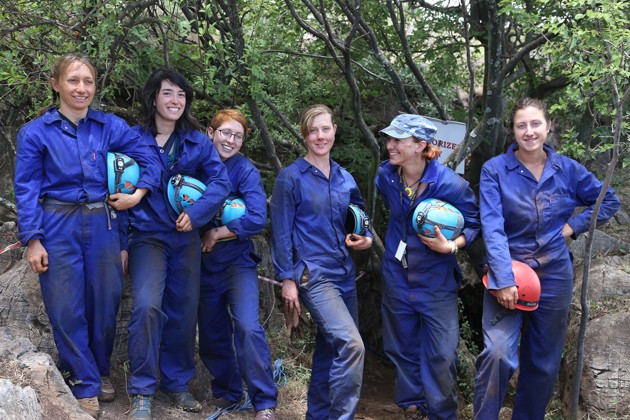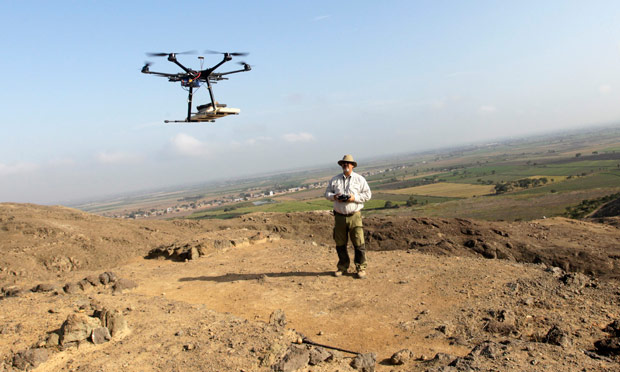
Click on the photo to go to rotatable 3D image – full screen is a gas!
❝ University of Leicester archaeologists who discovered and helped to identify the mortal remains of King Richard III have created a 3D interactive representation of the grave and the skeleton of the king under the car park.
It is revealed…on the first year anniversary of the reinterment of Richard III when the coffin bearing the mortal remains first emerged from the Fielding Johnson Building at the University of Leicester.
The team from University of Leicester Archaeological Services has now created a fully rotatable computer model which shows the king’s remains in-situ as they were found during the 2012 archaeological excavation.
❝ Using photographs taken during the project, sophisticated photogrammetry software has been used to create an accurate representation of the grave and the skeleton.
The interactive model, which can be explored via the 3D sharing platform Sketchfab, graphically reveals in a new and immersive way the minimal reverence with which the king was buried…
❝ Archaeologists discovered that the poorly dug grave was not only too short for the king, but was messily dug with sloping sides and an uneven base. This made it awkward for the burial party to lay the body out neatly in the grave. Instead, it was left slightly slumped on one side with the head propped up because it would not fit properly – physical evidence which fits with historical accounts which say that Richard III was buried without pomp or solemn funeral…
❝ Photogrammetry is used in a wide range of fields from topographic mapping to the movie and gaming industry and it is often used by archaeologists because it provides a quick, extremely versatile and cost-effective method of recording and analysing complex objects and surfaces using software that turns multiple two-dimensional digital photographs into a three-dimensional model. Under suitable conditions, the technique can produce geo-referenced results similar to those of laser scanning and can be applied to photographs taken during archaeological excavations, building surveys and laboratory conservation.
With the significant amount of archaeological work ongoing in my neck of the prairie – this procedure and protocols are a natural. I’ll bet it’s happening in New Mexico.








